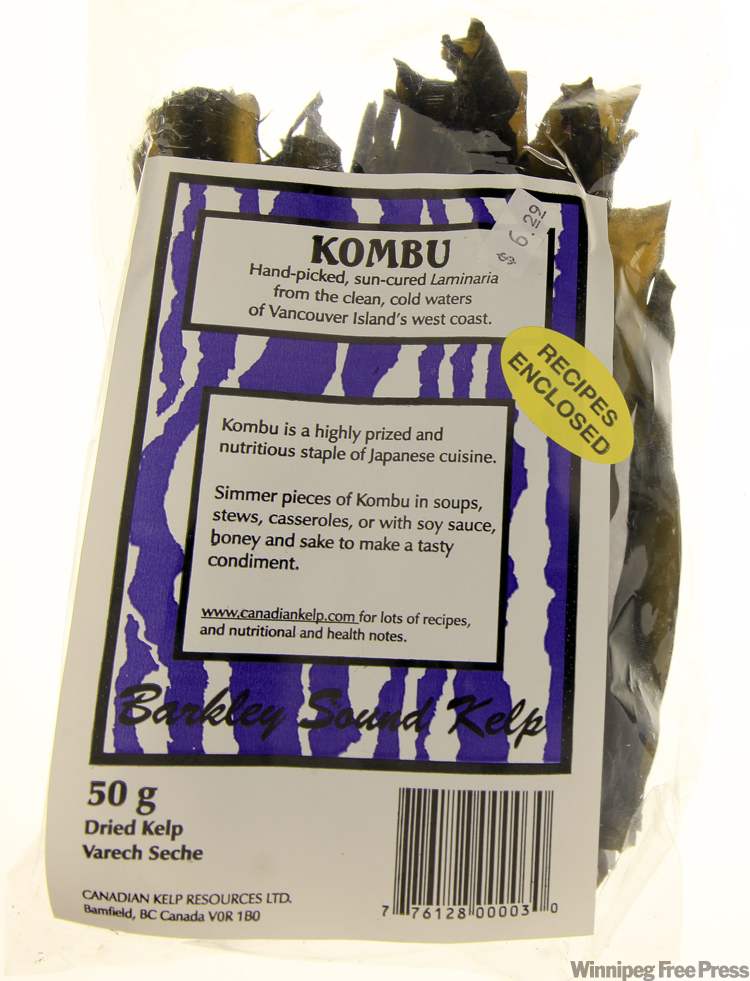Mystery ingredient / Kombu
Advertisement
Read this article for free:
or
Already have an account? Log in here »
To continue reading, please subscribe:
Monthly Digital Subscription
$1 per week for 24 weeks*
- Enjoy unlimited reading on winnipegfreepress.com
- Read the E-Edition, our digital replica newspaper
- Access News Break, our award-winning app
- Play interactive puzzles
*Billed as $4.00 plus GST every four weeks. After 24 weeks, price increases to the regular rate of $19.00 plus GST every four weeks. Offer available to new and qualified returning subscribers only. Cancel any time.
Monthly Digital Subscription
$4.75/week*
- Enjoy unlimited reading on winnipegfreepress.com
- Read the E-Edition, our digital replica newspaper
- Access News Break, our award-winning app
- Play interactive puzzles
*Billed as $19 plus GST every four weeks. Cancel any time.
To continue reading, please subscribe:
Add Winnipeg Free Press access to your Brandon Sun subscription for only
$1 for the first 4 weeks*
*$1 will be added to your next bill. After your 4 weeks access is complete your rate will increase by $0.00 a X percent off the regular rate.
Read unlimited articles for free today:
or
Already have an account? Log in here »
Hey there, time traveller!
This article was published 26/02/2011 (5333 days ago), so information in it may no longer be current.
What is it?
A type of edible kelp from the genus Laminaria that grows in the cold waters off the northern coast of Japan and a primary source of flavour in that country’s cuisine.
The leathery seaweed has an extensive history in Japan, not only as a valuable food source, but as a form of currency and an article of tribute.

Looks like:
Kombu can be found fresh, dried, pickled and frozen in many Asian markets. It starts off a dark brown-green colour and gets even darker as it dries. The dried strips look like beef jerky.
Tastes like:
The savoury flavour of kombu is known as “umami” and is considered the fifth basic taste in Japanese food.
Used in:
In Japan, kombu is often eaten as is, but it’s most commonly used as a base — to create a stock, much as we in the West use chicken or beef to create stocks. The kelp contains glutamic acid, which enhances flavour and gives the kombu stock its body.
Kombu is a chief ingredient in dashi– a classic Japanese soup stock that forms the base for miso soup. Simmered pieces can be added to stews and casseroles, while pickled kombu may be served as a condiment or a small starter salad or snack.
Found at:
Organic Planet Worker Co-op, 877 Westminster Ave.

